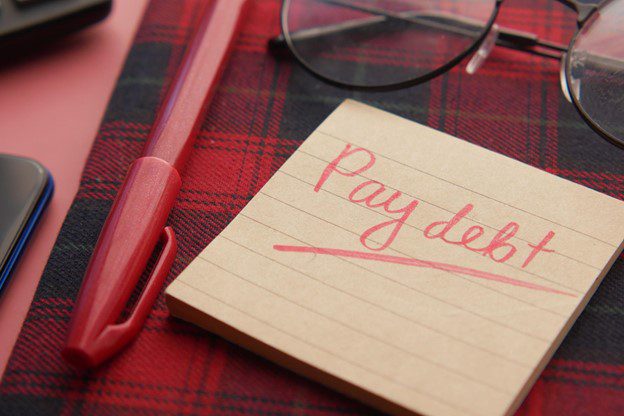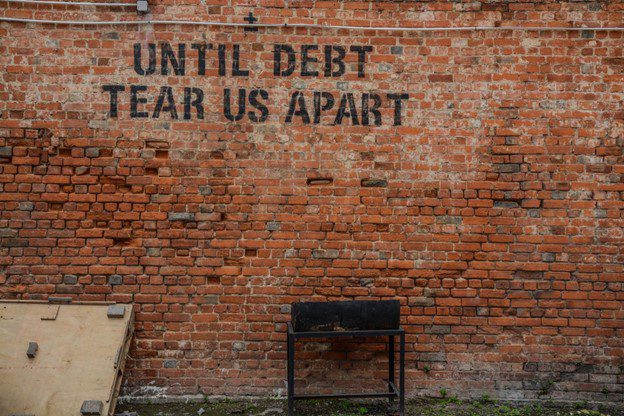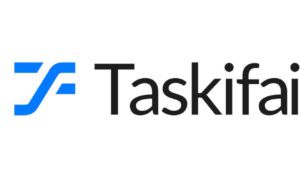The debt burden can weigh heavily on individuals and families, creating financial instability and stress. Therefore, an effective strategy for managing and reducing this debt is crucial.
This article explores two popular paths toward debt relief: Do-It-Yourself (DIY) methods and professional debt relief services.
We will delve into what each approach involves, their potential benefits and challenges, and provide a comparative analysis to help you make an informed decision about your financial future.
The Burden of Debt
Debt from credit cards, student loans, or unexpected medical bills can profoundly impact life quality. It can curtail your financial freedom, impact your credit score, and even affect your mental health.
Acknowledging the need for effective debt relief strategies is the first step towards regaining control over your finances.
In its many forms, debt can be likened to a shadow that follows you, persistently reminding you of its presence. It often starts small, perhaps with a credit card purchase here, an educational loan there, or unexpected medical bills.
However, this debt can quickly escalate if not carefully managed, casting a much larger shadow over your life.
When debt accumulates, it ripples effects, touching various aspects of your life. For example, financially, excessive debt can lead to a lower credit score, affecting your ability to secure loans or even housing in the future.
According to this Florida debt company, it can also limit your financial freedom, preventing you from investing, saving for retirement, or sometimes, even meeting your daily living expenses.
Beyond the financial implications, debt also carries a psychological burden. The constant worry about meeting payment deadlines and the fear of spiraling further into debt can lead to heightened stress and anxiety. This emotional strain can seep into your relationships, work performance, and physical health.
Moreover, debt can create a sense of being trapped, of having your future dictated by past financial decisions. It can be disheartening and leave you feeling powerless. This is why understanding and seeking effective debt relief strategies are so vital.
They offer a light at the end of the tunnel, a way to diminish the shadow of debt and regain control over your financial future.
Understanding DIY Debt Relief
DIY debt relief revolves around independently developing and implementing a strategy to pay off your debts.
Standard DIY methods include the debt snowball strategy (paying off the smallest debts first to gain momentum) and the debt avalanche strategy (paying off the highest interest debts rather than minimizing total interest paid).
Other methods involve balance transfers to a lower interest rate card or directly negotiating with creditors for reduced interest rates or a lower payoff amount.
The potential benefits of DIY debt relief are enticing.
Firstly, it can be a cost-saving approach, as it eliminates the fees associated with professional services.
Secondly, successfully navigating your way out of debt can bring a sense of personal accomplishment and empower you to take control of your financial future.
However, DIY debt relief has challenges. It requires discipline, patience, and a fair degree of financial literacy to navigate complex financial situations. Furthermore, negotiating with creditors can be daunting, and there’s always a risk that negotiations may fail.
Understanding Professional Debt Relief Services
Professional debt relief services, on the other hand, involve employing expert agencies to assist with your debt management.
These services include debt consolidation (combining multiple debts into one with lower interest), debt settlement (negotiating with creditors to accept less than what’s owed), credit counseling, and, in severe cases, bankruptcy.
Professional services offer expert guidance, potentially leading to faster debt resolution. In addition, with professionals managing the process, you have less direct contact with creditors, which can be a relief to many.
However, these services also come with potential drawbacks. Costs and fees can add up, and specific strategies, like debt settlement or bankruptcy, can negatively impact your credit score. It’s also important to be aware of the risk of scams and ensure that you choose a reputable service.
Comparing DIY and Professional Debt Relief Services
When comparing DIY methods and professional services, several factors should be considered, including time, cost, success rate, and overall impact on your financial health. For example, DIY methods may be more time-consuming but can save you from the fees of professional services.On the other hand, while potentially faster, professional services come with a price and may impact your credit score.
The type of debt also plays a role in choosing a strategy. For instance, federal student loans often have provisions for forgiveness or income-driven repayment plans, making DIY strategies more viable. On the other hand, large amounts of credit card debt might be better managed with professional services.
Your circumstances also significantly influence the best choice. When deciding, consider your financial literacy, time availability, and comfort level with negotiations.
Case Studies
To provide more insight, let’s consider two real-life examples. First, overwhelmed by multiple credit card debts, John decided on a DIY strategy. He utilized the debt avalanche method, channeled his resources toward the highest-interest debt while making minimum payments on others, and eventually became debt-free.The process was slow and required discipline, but he saved on professional service fees and gained newfound confidence in managing his finances.
In contrast, Sarah, burdened by large medical bills, opted for a professional debt settlement service.
The company negotiated with the healthcare providers on her behalf and significantly reduced the total amount due. While the service did charge a fee, the reduction in her overall debt made it a worthwhile choice.
Conclusion
Choosing a debt relief strategy requires careful consideration of your situation, the nature of your debt, and your financial literacy. DIY methods can offer control and cost savings but require time, discipline, and a good understanding of financial matters.
Professional services provide expert guidance and can be less time-consuming, but they come at a cost and may impact your credit score.
Remember, the journey toward debt relief is a marathon, not a sprint. Patience, persistence, and a well-chosen strategy are crucial to achieving financial freedom.



































